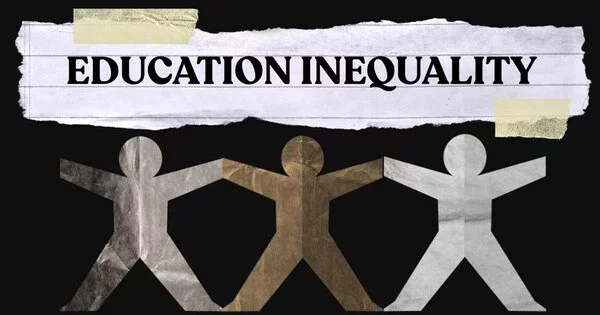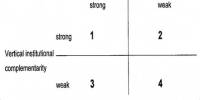Educational inequality is the unequal allocation of academic resources to socially excluded communities, including but not limited to school money, trained and experienced teachers, literature, and technology. It refers to discrepancies in access to high-quality education, as well as differences in academic achievement and outcomes across individuals or groups. These are historically poor and oppressed groups. Individuals from these marginalised groups are frequently denied access to proper educational resources. Disparities can arise at many different levels, including within countries, regions, and even between different social and economic groups.
Inequality causes significant inequalities in these individuals’ educational achievement or efficiency, ultimately stifling social and economic mobility. Regional inequality, gender inequality, social stratum inequality, parental income inequality, parent occupation inequality, and many more types of educational inequality exist.
Measuring educational efficacy differs by country and even by provinces/states within a country. In general, grades, GPAs, test scores, dropout rates, college entrance statistics, and college completion rates are used to assess educational performance. These are indicators of an individual’s academic success capacity. Many scholars and academics believe that GPA, test scores, and other measures of performance ability are not the sole effective tools in establishing efficacy when deciding an individual’s educational accomplishment.
Key factors contributing to educational inequality include:
- Economic Disparities: Students from low-income homes may face larger barriers to obtaining a quality education. They may not have access to educational resources like textbooks, technology, or well-equipped schools, which can impede their academic growth.
- Educational Resources: When compared to schools in more affluent locations, schools in economically poor communities may have fewer resources, experienced teachers, and extracurricular activities. As a result, pupils in low-income schools may not obtain the same level of education as their peers in more affluent institutions.
- Geographical Location: Students in rural or remote areas may face additional challenges due to limited access to schools, transportation issues, and a lack of specialized educational programs.
- Gender Inequality: In some societies, there may be gender-based disparities in education. Historically, girls and women have faced barriers to education in some regions, leading to lower enrollment and completion rates compared to boys and men.
- Ethnic and Racial Disparities: Ethnic and racial minorities may experience discrimination, which can impact their access to quality education and lead to unequal academic opportunities.
Addressing educational disparity is critical to building a just and fair society. Governments, educational institutions, and communities can collaborate to adopt policies and programmes aimed at closing these gaps. This could include equitable school funding, early childhood education efforts, teacher training and support, and targeted interventions to assist underprivileged students in academic success.
















